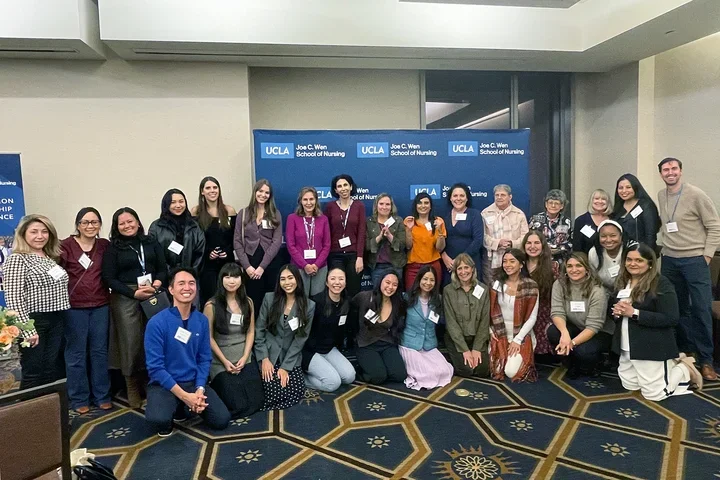Study finds workplace stressor associated with increased cholesterol

Have you ever had stress at work? 77% of workers in the U.S. reported workplace stress, according to the American Psychological Association. The interplay of responsibility at work and home sometimes causes role conflicts since most of us have dual roles at home and at work.
Work-family conflict is a concept in which stressful experience is caused by role conflicts, including two aspects: a role at work interferes with a role at home, called work-to-family conflict (WFC), and the opposite direction, family-to-work conflict (FWC). Research indicates that stress is also becoming known as one of the risk factors for cardiovascular disease (CVD), which is the leading cause of death globally, causing 32% of deaths in the world, according to the World Health Organization.

A UCLA MSN-APRN alumna and current PhD student, Mayumi Saiki, MSN, AGPCNP-BC, has published a groundbreaking study titled “Associations of work-family conflict with changes in metabolic risk factors: A four-year longitudinal study.” Saiki is also an experienced occupational and employee health nurse practitioner serving workers. The article was published in the peer-reviewed journal, the Journal of Industrial Health, under the mentorship of Professor Jian Li, MD, PhD. This study sheds light on the effects of WFC on increased “bad” cholesterol (LDL-C) and the ratio of total cholesterol to “good” cholesterol (HDL-C). Both higher bad cholesterol and the ratio of total cholesterol to good cholesterol are established risk factors for CVD.
Saiki explained, “In this study, WFC influenced lipid risk factors, although FWC did not.” She continues, “This study added new knowledge that exposure to the WFC could longitudinally elevate LDL-C and the TC/HDL-C ratio.” Dr. Li, an expert in occupational cardiology, highlights, “This study is remarkable in discovering potential mechanisms of the underlying pathophysiology in the development of CVD by occupational hazards, such as psychosocial stress at work.” Saiki states, “The current findings are based on a sample of Japanese workers. It is crucial to further explore such mechanisms between work and CVD among U.S. workers, which are my new passion for enlarging research generalization."
This study suggested that occupational health nurses could play an essential role in preventing CVD by monitoring WFC as a part of workers' mental health screening and facilitating health education in the workplace.
“I was able to publish this manuscript because I had received support from my dissertation committee chair, Dr. Jian Li, and committee members, Dr. Wendie Robbins, Dr. Paul M. Macey, and Dr. Dante Anthony Tolentino,” said Saiki. Saiki is also supported by the Occupational and Environmental Health Nursing Program of the Southern California National Institute of Occupational Safety and Health (NIOSH) Education and Research Center (SCERC). She explained, “The training from the SCERC has also provided me with tremendous opportunities to develop my knowledge and skills.”



